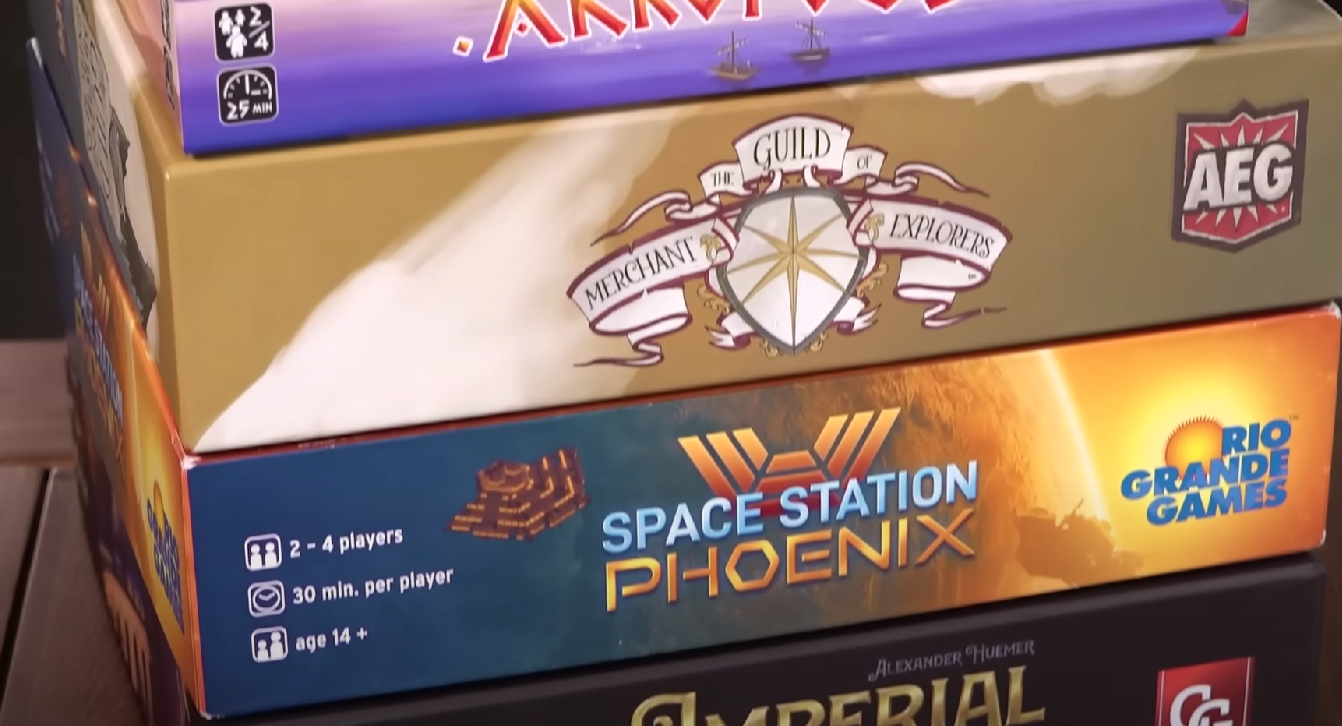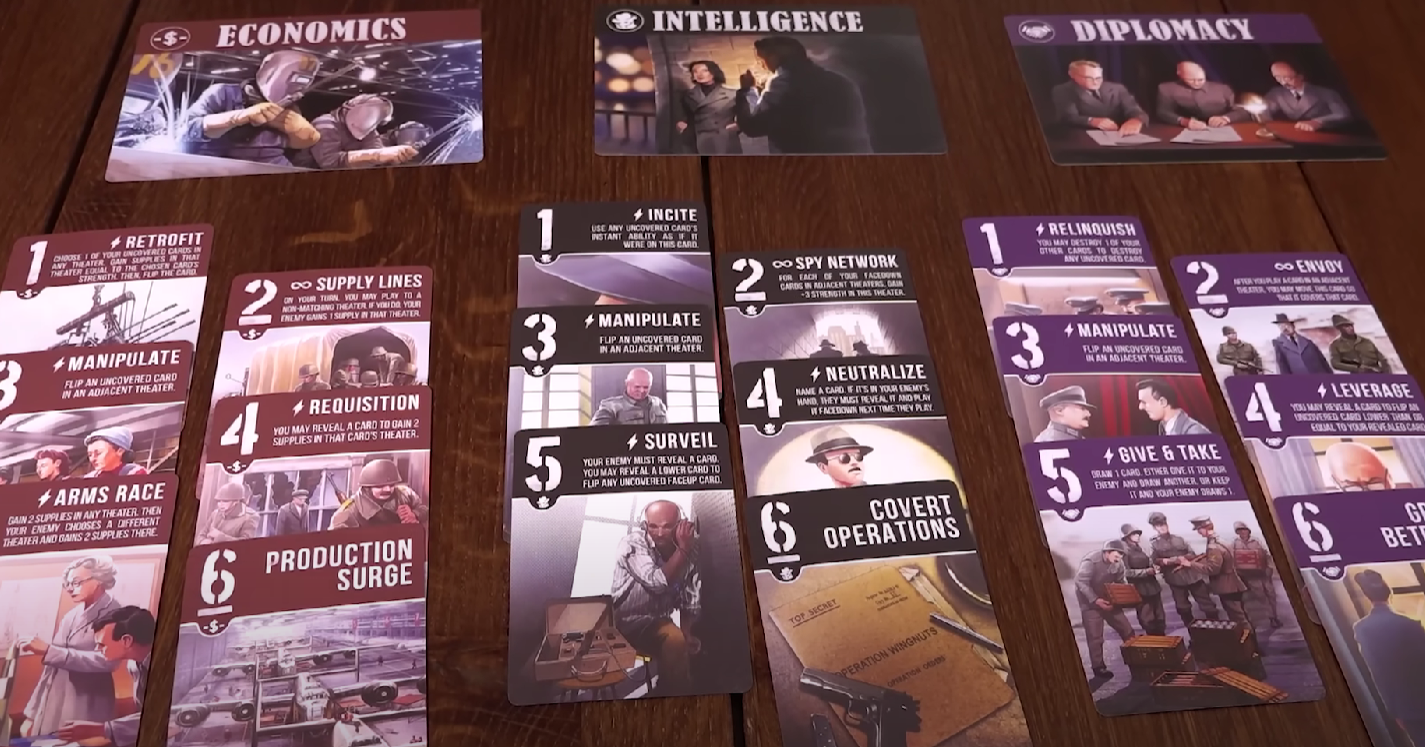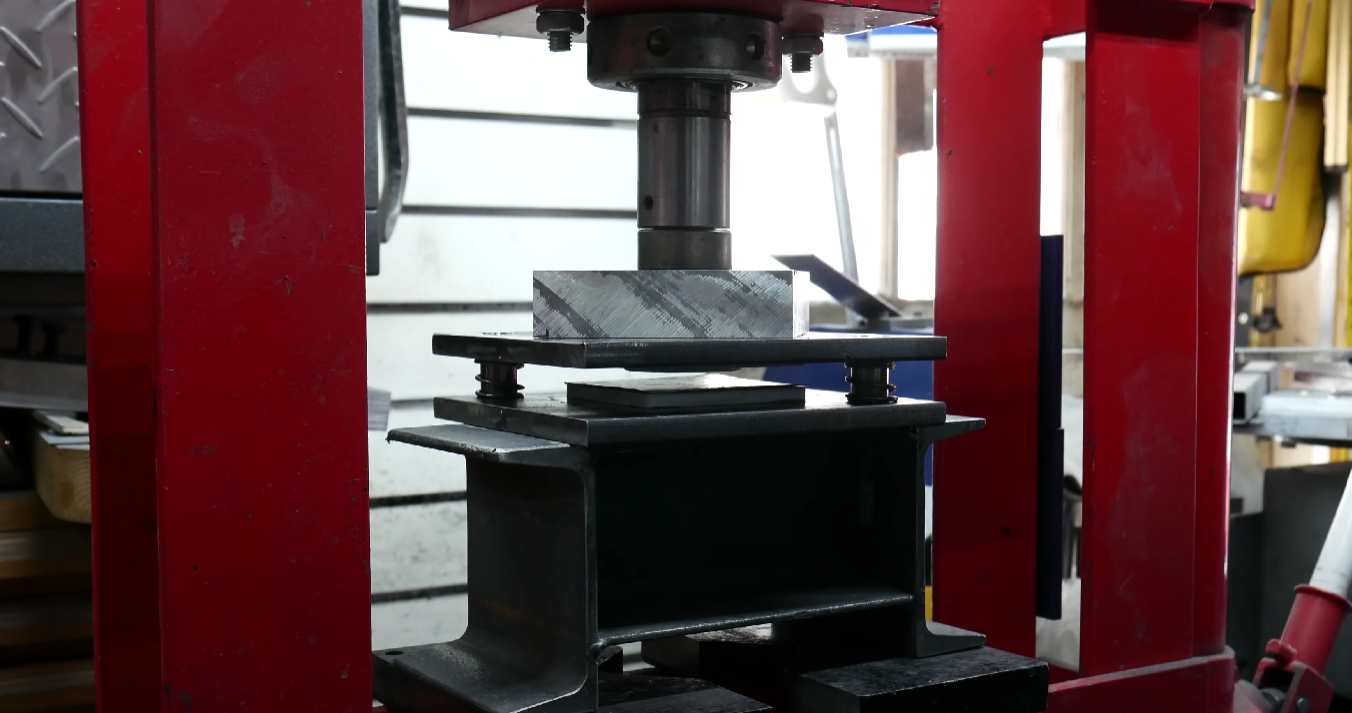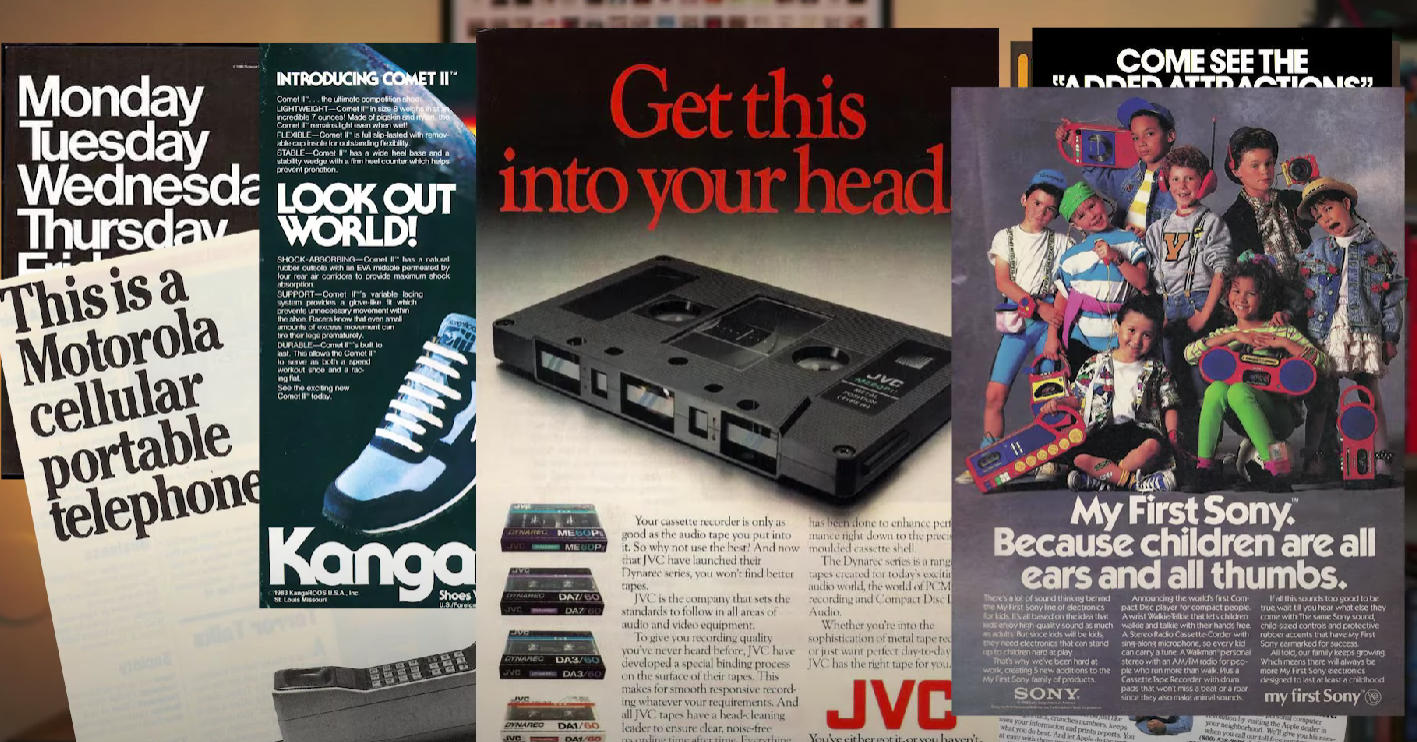Board games have been captivating players of all ages for centuries, providing endless hours of entertainment and fostering social interaction. With the recent surge in the tabletop gaming industry, aspiring game designers are curious about the costs involved in bringing a board game from conception to completion.
In this article, we delve into the fascinating world of board game production costs and explore the various factors that influence the overall expense. If you’re a passionate gamer dreaming of crafting your own game or a curious consumer, you’ll gain valuable insights into the financial aspects in this guide!
How Much Does It Cost to Make a Board Game?
Crafting a board game that is ready for sale and mass production is a labor-intensive endeavor that demands both time and financial investment. The journey from an initial concept to a tangible product entails countless hours of meticulous design, playtesting, and refinement.
While costs can vary depending on various factors, such as components, artwork, and manufacturing, it is not uncommon for the expenses to range from $4,000 to $20,000. However, the result is a masterpiece that brings joy and entertainment to countless players, making the investment well worth it.
What is a Board Game?
A board game is a tabletop game played on a flat surface known as a board, usually featuring a predetermined set of rules and objectives. It involves players interacting with game components, such as tokens, cards, dice, or figurines, to make strategic decisions and progress toward victory.

Board games can be competitive or cooperative, and they often require players to use their problem-solving skills, critical thinking, and sometimes luck to achieve their goals. They provide social interaction and entertainment, making them popular among friends, families, and gaming enthusiasts of all ages.
What Are the Different Factors Affecting the Overall Cost to Make a Board Game?
Creating a board game involves various elements and processes that contribute to the overall cost of production. Understanding these factors can help developers and publishers make informed decisions during the game design and manufacturing stages.
Below are the key aspects that influence the cost of making a board game.
Game Design and Development
The initial phase of game design and development sets the foundation for the entire project. Factors that impact costs at this stage include:
Game Mechanics and Complexity
The complexity of game mechanics, such as rules, gameplay interactions, and components, directly affects the development time and cost. More intricate gameplay mechanics may require extensive playtesting and balancing, increasing the overall expense.

Artwork and Graphic Design
Engaging and visually appealing artwork enhances the player experience. The cost of commissioning or licensing art assets, illustrations, graphic design, and layout affects the overall budget. High-quality artwork often comes at a higher price.
Prototyping and Iteration
Prototyping is an essential part of the game development process. Creating physical prototypes, testing different versions, and refining gameplay elements may incur additional costs for materials and production.
Components and Materials
Board games consist of various components and materials, each contributing to the overall cost. These include:
Game Board and Box
The size, quality, and complexity of the game board and box affect manufacturing costs. Larger boards or special features like foldable or modular boards can increase expenses.
Game Cards
Customized cards with unique artwork and features can be more expensive than standard playing cards. Card quality, finishes, and printing techniques also impact costs.

Game Tokens and Meeples
Custom-shaped tokens, wooden meeples, or miniature figurines contribute to the tactile experience of the game. The material, size, and complexity of these components affect the manufacturing cost.
Dice and Accessories
Custom dice with unique shapes, colors, or engravings may add to the production cost. Additionally, other accessories like timers, scoreboards, or player aids should be considered when calculating expenses.
Manufacturing and Production
Turning a game from a prototype to a mass-produced product involves manufacturing considerations that influence the cost:
Production Quantity
The number of units being manufactured affects the overall cost per unit. Economies of scale often come into play, with larger production runs resulting in reduced costs per game.
Printing and Manufacturing Techniques
Different printing methods, such as offset or digital printing, have varying costs and quality levels. Manufacturing processes like die-cutting, embossing, or spot UV finishes can add to the expenses.

Packaging and Assembly
The type of packaging, inserts, and assembly required to impact the overall cost. Customized inserts or additional components may increase manufacturing expenses.
Distribution and Shipping
The cost of distribution and shipping must be factored into the overall budget:
Shipping and Logistics
Shipping costs depend on factors such as weight, dimensions, destination, and shipping method. International shipping may involve customs fees and additional expenses.
Fulfillment and Warehousing
If the game is being fulfilled through a third-party logistics provider or warehoused, associated fees should be considered. These include storage costs, pick and pack fees, and fulfillment services.
Marketing and Promotion
Promoting and marketing a board game to reach the target audience incurs costs:

Marketing Materials
Creating marketing materials such as trailers, advertisements, banners, and website design involves expenses. Graphic design, copywriting, and advertising platforms add to the budget.
Events and Conventions
Attending trade shows, conventions, or hosting launch events helps generate buzz for the game but comes with costs like booth fees, travel, accommodation, and promotional materials.
Reviews and Media Coverage
Sending review copies, press releases, or engaging with influencers and media outlets can contribute to marketing expenses [1].
Conclusion
Embarking on the journey of creating a board game is an exciting and multi-faceted endeavor. From design and development to manufacturing and marketing, the costs involved can vary greatly.
By understanding the factors that influence the overall cost, game creators can navigate the process with confidence and bring their imaginative creations to life. The world of board games awaits, limited only by creativity and resourcefulness.

